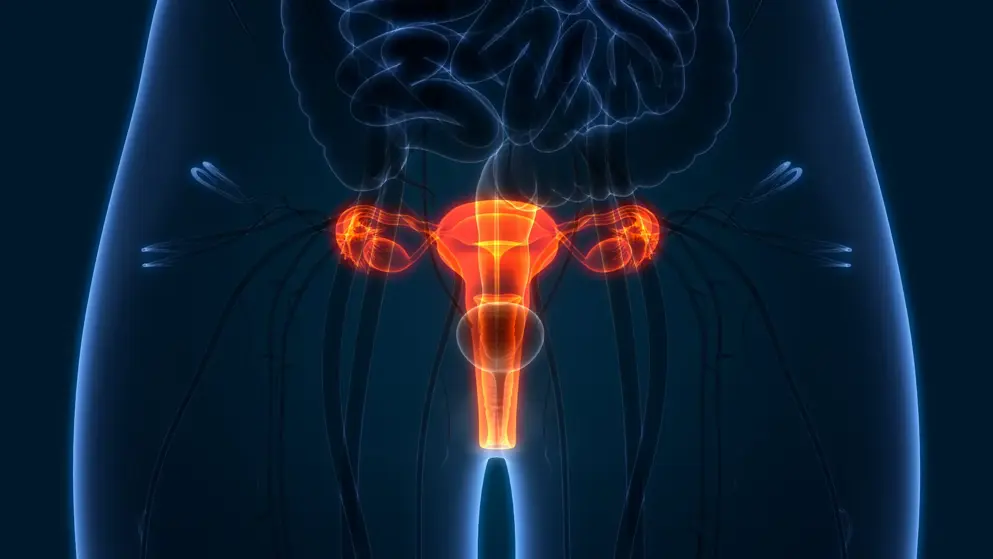
Ovarian Cancer
of interest
are looking at
saved
next event
Ovarian Cancer
How common is ovarian cancer?
Cancer of the ovaries, or ovarian cancer, is the eighth most common type of cancer in women worldwide1. It is the most lethal gynaecologic malignancy in developed countries, with two thirds of ovarian cancer patients initially diagnosed at an advanced stage (stage III/IV)2. Following standard surgery and chemotherapy, most ovarian cancers recur within 12–18 months3.
What are the symptoms of ovarian cancer?
The most common symptoms of ovarian cancer include a swelling or discomfort in the abdomen or pelvic region, feeling constantly bloated or full when eating, and needing to urinate more often than usual. Weight loss, loss of appetite and constipation are other signs of ovarian cancer.
What are the risk factors for ovarian cancer?
Older age, obesity, having children later than age 35 and taking hormone therapy following menopause are all risk factors for ovarian cancer. Family cancer syndromes such as hereditary breast and ovarian cancer syndrome (HBOC) and hereditary nonpolyposis colon cancer (HNPCC) or Lynch syndrome make up to 25% of ovarian cancer cases. HBOC is caused primarily by inherited mutations in the BRCA1 and BRCA2 genes, whilst Lynch syndrome is caused by inherited mutations in the MLH1, MSH2, PMS2, MSH6 and EPCAM genes4.
How is ovarian cancer treated?
Treatments for ovarian cancer include surgery, radiation therapy, chemotherapies, hormone therapies and targeted therapies such as bevacizumab (angiogenesis inhibitor) and PARP inhibitors (poly(ADP)-ribose polymerase inhibitors). There are currently three FDA and EMA approved PARP inhibitors for ovarian cancer; niraparib, olaparib and rucaparib5. PARP inhibitors are particularly effective in ovarian cancers that harbour DNA repair gene alterations, mainly in the BRCA1 and BRCA2 genes, as well as other genes of the homologous recombination repair pathway (HRR pathway) that leads to homologous recombination deficiency (HRD)5.
Independent, grant-supported education for ovarian cancer
Industry-funded resources
References
- Bray F, Ferlay J, Soerjomataram I, Siegel RL, Torre LA, Jemal A. Global cancer statistics 2018: GLOBOCAN estimates of incidence and mortality worldwide for 36 cancers in 185 countries. CA Cancer J Clin. 2018;68:394–424.
- Noone AM, Cronin KA, Altekruse SF, Howlader N, Lewis DR, Petkov V, et al. Cancer Incidence and Survival Trends by Subtype Using Data from the Surveillance Epidemiology and End Results Program, 1992-2013. Cancer Epidemiol Biomarkers Prev. 2017;26:632–641.
- Colombo N, Lorusso D, Scollo P. Impact of Recurrence of Ovarian Cancer on Quality of Life and Outlook for the Future. Int J Gynecol Cancer. 2017;27:1134–1140.
- Bartosch C, Clarke B, Bosse T. Gynaecological neoplasms in common familial syndromes (Lynch and HBOC). 2018;50:222–237.
- Mirza MR, Coleman RL, González-Martín A, Moore KN, Colombo N, Ray-Coquard I, et al. The forefront of ovarian cancer therapy: update on PARP inhibitors. Ann Oncol. 2020;31(9):1148–1159.



